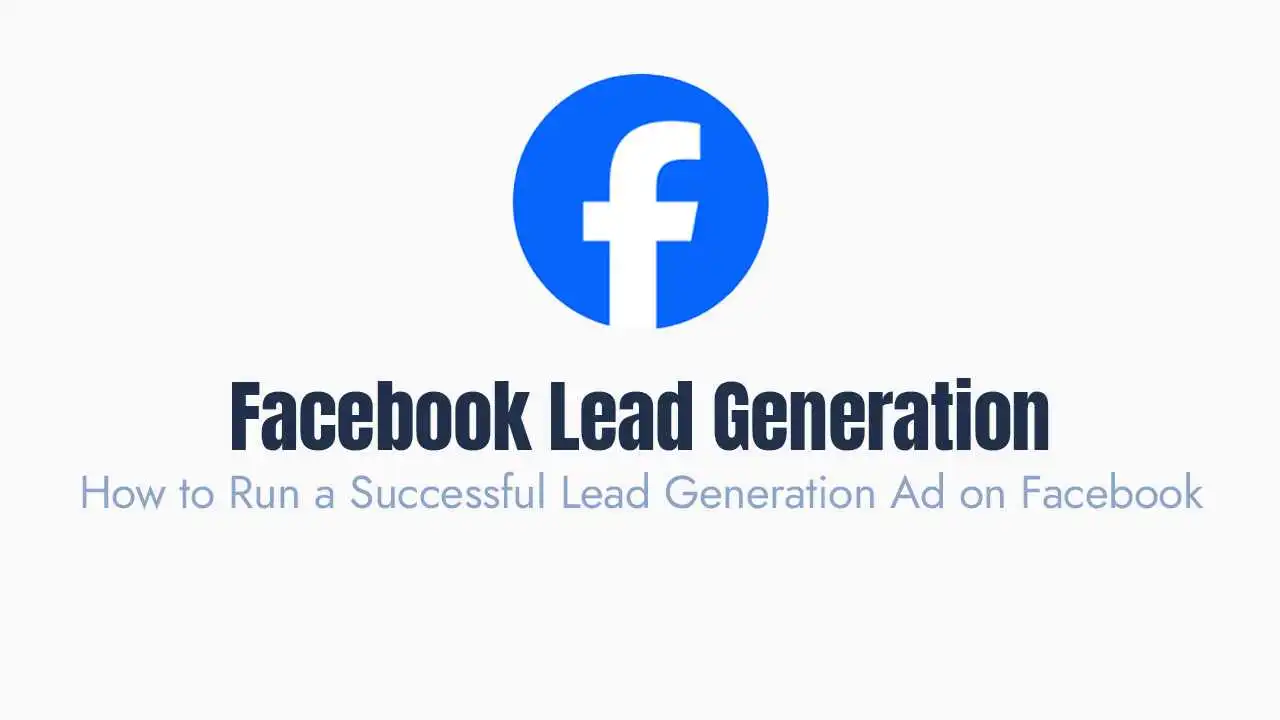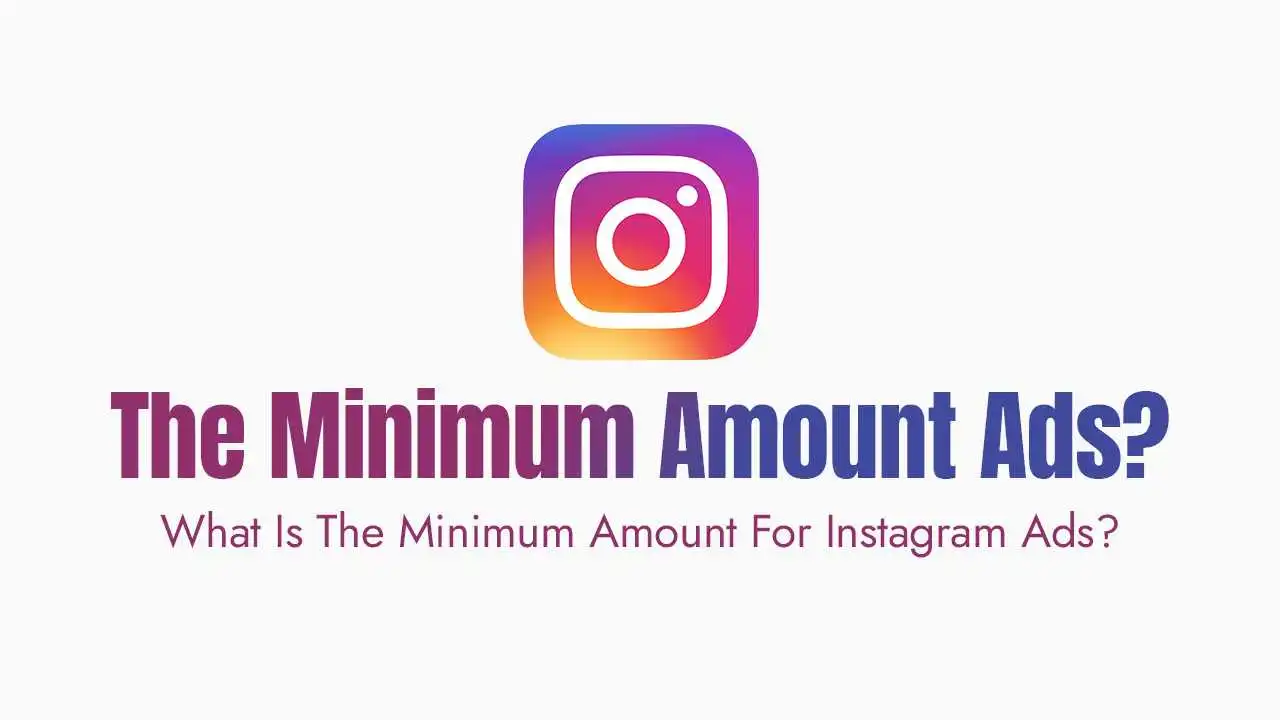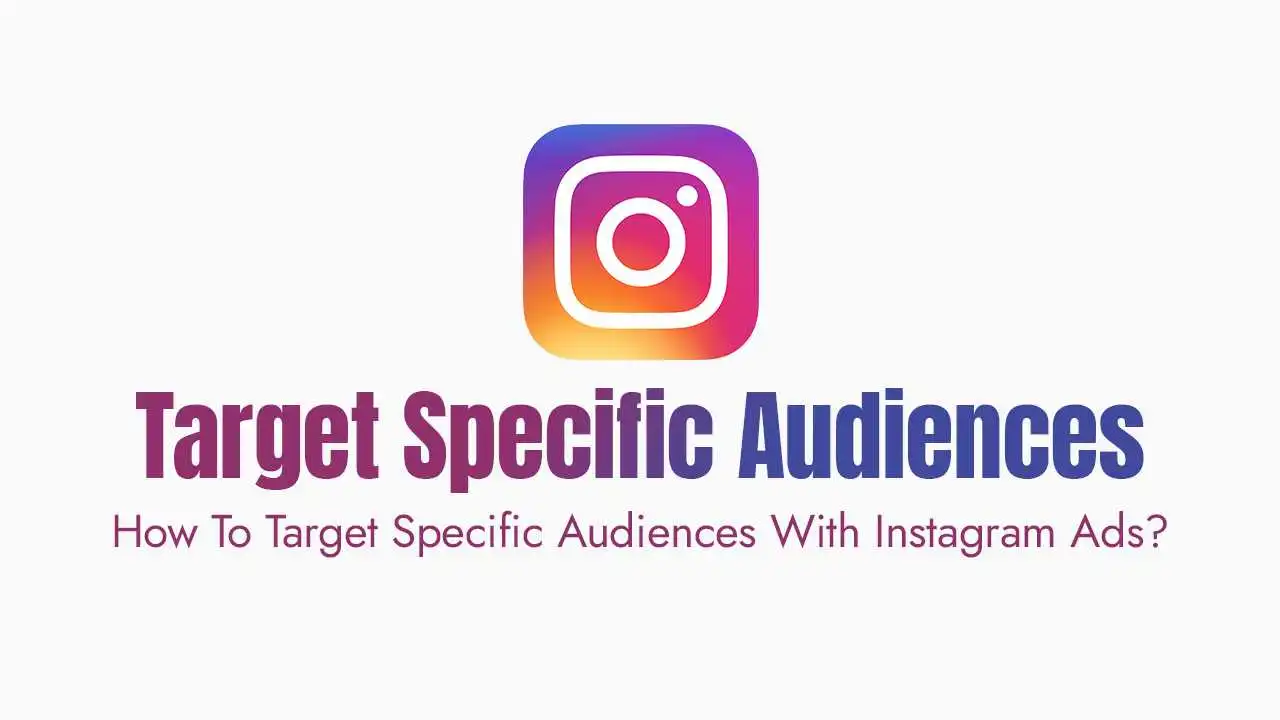What is a Facebook Lead Generation Ad?
Key Benefits of Using Facebook Lead Ads:
Higher Conversion Rates: The “instant form” reduces friction. Users don’t leave the platform, forms are pre-filled, and the process is seamless, leading to more completed forms.
Mobile-Optimized by Default: Built for mobile-first scrolling, these ads perform exceptionally well on smartphones, where most Facebook users consume content.
Cost-Effective Lead Generation: Often, the cost per lead (CPL) for Lead Ads can be lower than traditional landing page campaigns due to the optimized user experience.
Valuable Data Collection: You can customize the form to ask specific qualifying questions, ensuring you gather the most relevant information about your leads.
CRM Integration: Leads can often be synced directly with your Customer Relationship Management (CRM) system in real-time, enabling immediate follow-up.
Step-by-Step Guide to Running a Successful Facebook Lead Generation Ad:
Step 1: Campaign Level - Choose Your Objective
Go to Meta Ads Manager: Log in to
business.facebook.com/adsmanager.Click
+ Create: Start a new campaign.Choose
Leadsas Your Objective: This tells Facebook’s algorithm to optimize for people most likely to submit their information.Select Conversion Location: Under “Conversion,” choose where you want to generate leads. For Instant Forms, select “Instant Forms.” You can also choose Messenger, Instagram, or a Website (if you want to use your own landing page with the pixel installed). For this guide, we’ll focus on “Instant Forms.”
Campaign Details: Give your campaign a name, set up any A/B tests if desired, and consider turning on Advantage Campaign Budget (formerly Campaign Budget Optimization) if you have multiple ad sets. Click
Next.
Step 2: Ad Set Level - Define Your Audience, Budget & Schedule
Name Your Ad Set: Use a descriptive name (e.g., “Lead Ad – Real Estate – Lookalike Audience”).
Performance Goal: Select “Maximize number of leads.”
Facebook Page: Choose the Facebook Page associated with your business. If this is your first Lead Ad for this Page, you will need to review and accept the Lead Ads Terms and Conditions.
Budget & Schedule:
Budget: Choose a Daily Budget or a Lifetime Budget.
Schedule: Set your start and end dates.
Audience: This is critical for lead quality.
Location: Target specific countries, regions, or cities.
Age, Gender, Detailed Targeting: Refine your audience based on demographics, interests, and behaviors relevant to your ideal customer.
Custom Audiences/Lookalike Audiences: Leverage your existing customer lists, website visitors, or video viewers to create custom audiences. Then, create Lookalike Audiences from these high-quality sources to find new prospects similar to your best customers. This is often where the highest quality leads come from.
Placements: For most lead campaigns, stick with “Advantage+ Placements” (formerly Automatic Placements). Facebook’s system is usually best at finding where your ads will perform well across Facebook, Instagram, Messenger, and Audience Network.
Click
Next.
Step 3: Ad Level - Create Your Ad Creative & Instant Form
Identity: Select your Facebook Page and linked Instagram account (if applicable).
Ad Setup:
Format: Choose between a Single Image or Video, or Carousel. Video often performs well for lead generation.
Media: Upload your high-quality image(s) or video(s). Use engaging visuals that capture attention and relate to your offer.
Ad Creative:
Primary Text: This is the main body copy of your ad. Keep it concise, highlight the problem your solution addresses, and clearly state your offer.
Headline: A compelling, short headline that appears under your media (e.g., “Get Your Free Quote,” “Download Our Ebook Now”).
Description (Optional): Additional text that provides more context.
Call to Action (CTA): Select a relevant button that encourages action (e.g., “Download,” “Get Quote,” “Sign Up,” “Learn More,” “Subscribe”).
Destination (Instant Form): This is where the magic happens!
Click
Create Form:Form Type: Choose between “More Volume” (default, quicker completion) or “Higher Intent” (adds a review step for users, potentially increasing lead quality but reducing volume). For higher quality, “Higher Intent” is often recommended.
Intro: (Optional but Recommended) Add a headline and a paragraph to reiterate your offer and why users should complete the form. You can also customize the background image here.
Questions:
Pre-fill: Facebook automatically includes Full Name and Email. You can add more standard fields like phone number, company name, job title, etc.
Custom Questions: Add short answer, multiple choice, or conditional questions to qualify your leads. Example: “What is your budget for [service]?” or “When are you looking to [take action]?” This is crucial for filtering out unqualified leads.
Privacy Policy: This is mandatory. You must provide a link to your website’s privacy policy, explaining how you will use the collected data.
Thank You Screen: Customize the message users see after submitting the form. You can add a button to “View Website,” “Download File,” or “Call Business.” Use this space to direct leads to the next step.
Click
Publishon the form when done.
Step 4: Tracking & Publish
Tracking: Ensure your Meta Pixel is installed on your website if you want to track post-form actions (e.g., if you direct them to a thank you page on your site).
Review and Publish: Carefully review all your campaign, ad set, and ad details. Once satisfied, click
Publish.
Best Practices & Optimization Tips for Facebook Lead Ads:
Offer a Strong Lead Magnet/Incentive: What are you offering in exchange for their information? A free guide, consultation, discount, demo, or webinar works best. Make it highly valuable to your target audience.
Qualify Your Leads: Use custom questions in your Instant Form to ensure you’re getting high-quality leads. Don’t be afraid to ask 1-2 qualifying questions that help you prioritize. For example, “What’s your current budget for X?” or “When are you looking to implement Y?”
Keep Your Form Concise: While qualifying questions are good, too many fields can lead to abandonment. Only ask for the essential information you need for initial follow-up. Aim for 3-5 fields beyond the pre-filled ones.
Compelling Ad Creative: Use high-quality images or videos that instantly grab attention. The visual should be relevant to your offer and ideally feature people if appropriate.
Clear and Benefit-Driven Copy: Your ad copy should clearly communicate the value proposition of your offer. Focus on the benefits for the user, not just features.
Timely Follow-Up is CRUCIAL: The faster you follow up with a new lead, the higher the conversion rate. Aim for within minutes, not hours or days.
CRM Integration: Set up an integration (via Meta’s native tools, Zapier, LeadsBridge, etc.) to automatically push leads to your CRM.
Automated Emails/SMS: Set up an automated email sequence or SMS message to go out immediately after form submission.
Dedicated Sales Team: Ensure your sales team is prepared to receive and follow up on these leads promptly.
A/B Test Everything: Experiment with different ad creatives, headlines, primary text, CTA buttons, and even questions in your lead form to see what resonates best with your audience and yields the highest quality leads at the lowest cost.
Monitor Lead Quality, Not Just Volume: Regularly review the quality of leads you’re receiving. If you’re getting many low-quality leads, adjust your targeting, ad copy, or add more qualifying questions to your form.
Exclude Existing Leads: Create a Custom Audience of your existing leads/customers and exclude them from your lead generation campaigns to avoid wasted ad spend.





